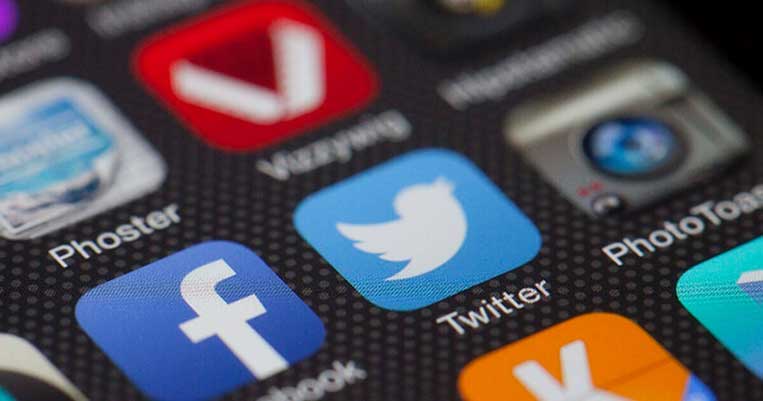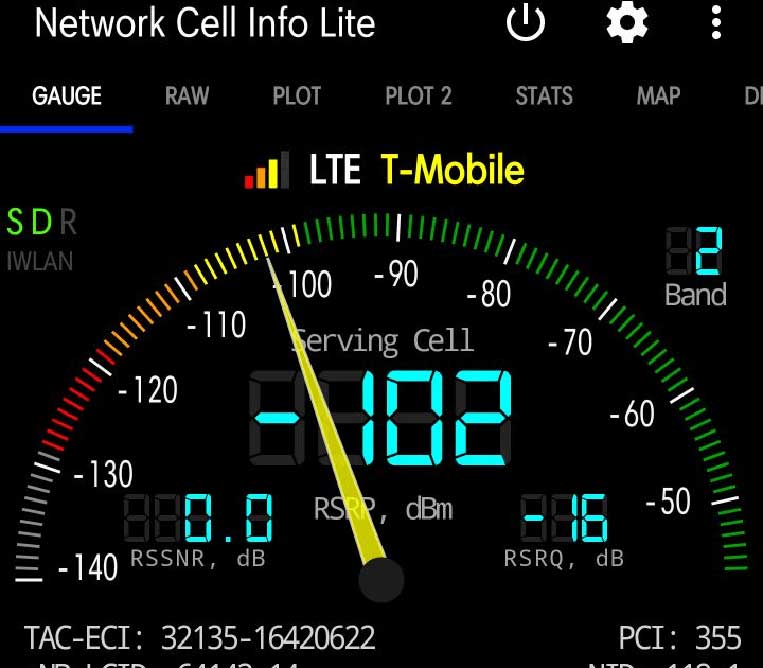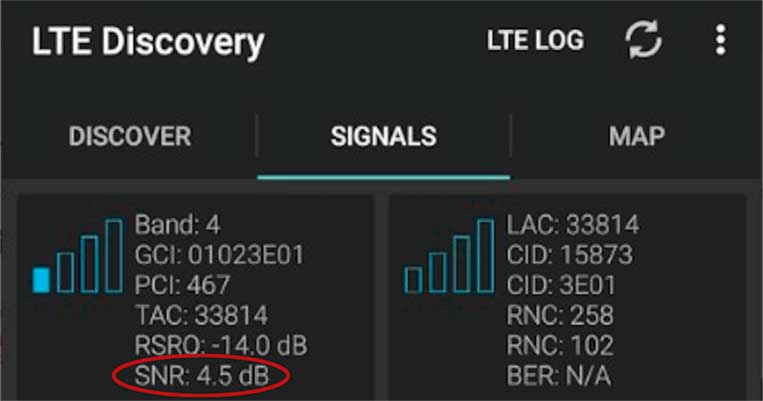Can Smartphone Apps Be Designe Dto Read Rf

Wondering if there are any apps out there that can help boost your cell reception? Sadly, there are none. Nevertheless, we can recommend some outstanding smartphone apps that can tell you precisely how good or bad your reception is. You can even find out where your nearest cell tower is. This kind of information is extremely important if you want to address the problem of lousy cellular reception. Depending on what kind of phone you have, your smartphone itself can even provide more exact information about your signal strength. We're not talking about cell phone bars here - there is something more concrete out there.
The Truth About Cell Phone Bars
The cell phone bars that supposedly let you know about your mobile reception aren't reliable. That's because they vary, depending on the model of your phone and your cell phone carrier. One bar on AT&T could mean full bars on T-Mobile, which could be three bars on Sprint and two bars on Verizon.
It's totally arbitrary, and this is true for both 3G or 4G. More bars does usually mean mean more signal, but there's no real standard since every carrier or phone manufacturer can subjectively decide what any given number of bars symbolize for their device or service. Fortunately, there is a way for knowing the exact number of decibels (dB) you're getting, for a more precise reading. With this information, you'll be on your way to finding out how to fix your lousy signal strength.
We offer complete cell phone signal booster kits for any situation:
Attention business & property owners, installers and integrators
Take advantage of our system design and installation services. Learn more or call us for a free consultation: 1-800-969-8189.
What are Decibels?
In case you didn't know, mobile signals are measured in decibels (dB) - a logarithmic unit - while signal strength is measured in decibel-milliwatts (dBm). Decibels measure AM/FM radio waves, which are excellent at traveling long distances, but are easily disturbed and can become patchy the more interference exists.
dBm interpretations are a consistent unit of measurement. They aren't one-sided and can't be tampered [Mat1] with by your phone manufacturer or mobile carrier. Every mobile device operates within -50 dBm to -120 dBm frequency.
-50 dBm is considered the full capacity, and -120 dBm is considered your worst-case scenario. Cellular phone signals in the US and Canada need to function inside this scope to work.
The following is a suitable guide to signal strength in decibels:
- -50 means outstanding signal (your phone is probably almost touching the cell tower)
- -65 to -50 means you have very good signal
- -80 to -65 means your signal is good
- -100 to -80 means your signal is below average
- -100 to -80 means your signal is below average
- -120 to -100 means your signal is weak
Some Apps to Find your Signal Strength for Android and iPhone users
LTE Discovery
This is one of the best signal detection and analysis instruments out there. It has a band identifier, automated visual logger, advanced LTE, 4G, 3G, CDMA data analyzer, among many other settings you can customize for a unique experience. You'll have everything you need to know with this app, including your dB level and nearest cell tower. Unfortunately, this one is only compatible with Android, so iPhone users will need to move along.

Network Cell Info Lite
Network Cell Info provides the location of your signal on a map. It covers all zcellular networks including LTE, HSPA +, HSPA, WCDMA, EDGE, GSM, CDMA, EVDO. You get white, red, orange, yellow, and green color meters, which indicate the signal sent and received. Ideally, it should be green. If you see it's in red or white, you surely have connectivity problems. Other indicators it provides are the RSSNR (Reference Signal Signal To Noise Ratio) that measures the noise of our mobile line in dB, and more. Unfortunately, this too is only compatible with Android, so once again iPhone users - nothing to see here.
Open Signal
OpenSignal - 3G / 4G /Wi-Fi will show us a complete graphic of nearby signals. We can see all the mobile phone antennas and Wi-Fi routers, and it's easy to measure signal power, data speed, and consistency. In addition, you will have several maps with information about the coverage of networks that we have around us for 2G, 3G, and 4G (LTE). Open Signal is available in App Store (Mac) and also on Android's Play Store, so this is the app for you iPhone users out there.
Network Signal Pro
The first thing you see when running the application is a summary of your mobile network. In the upper part, we will see an intensity meter that will indicate the coverage. Also, a graph in which we can see the average coverage we have registered. We can also see the percentage of intensity, the average of said percentage and the dBm of the signal. It also has a map which shows the antenna's location as well as information regarding the state of the connection.
Root Metrics
RootMetrics offers scientifically compiled mobile network performance information to consumers. The company captures user information by testing network performance when consumers use their mobile phone for voice or data communications. It can give you dBm readings and determines cell performance on a map. It's available in both the Mac App Store and Android's Play Store.

How to Find Precise dBm Readings on your iPhone
The Field Test menu has had some variations on each iPhone version; nevertheless, this mini-guide should work on iOS 11, 12, or 13.
The first thing you need to do is open the Control Center (or go the Settings app). Remember to turn off your Wi-Fi.
After you've done this, open the Phone app and insert the following, exactly as you see it:
*3001#12345#*
Then press call and you will see the Field Test menu. When you see it, select LTE from the list and then click on "Serving Cell Meas". Then look for either "rsrp0" or "rsrp1". One of those should have a negative number, which means your signal strength in decibels.
If this doesn't work, your phone is one of the unfortunate ones that has no real way of measuring its dBm reading.
How to find a precise dB reading on your Android
Field test mode on Android varies by phone model and Android OS version. However, you can generally find it under the Settings menu.
Typical sequence:
- Tap Settings
- Tap About Phone
- Tap Status or Network
- Tap SIM Status
- Your dBm is under Signal strength
Got your dBm reading through Field Test mode or an app? Walk around inside and outside the perimeter of your home. Make note which areas get the best dBm reading. This will show you the general direction of your cell tower and which rooms inside your home have the best reception.
Contact Us
We're here to assist with any issues you might be experiencing with both poor cell signal. Contact us today.
Can Smartphone Apps Be Designe Dto Read Rf
Source: https://www.signalboosters.com/blog/best-smartphone-apps-to-find-your-cell-signal-strength/
Posted by: monroenated1992.blogspot.com

0 Response to "Can Smartphone Apps Be Designe Dto Read Rf"
Post a Comment